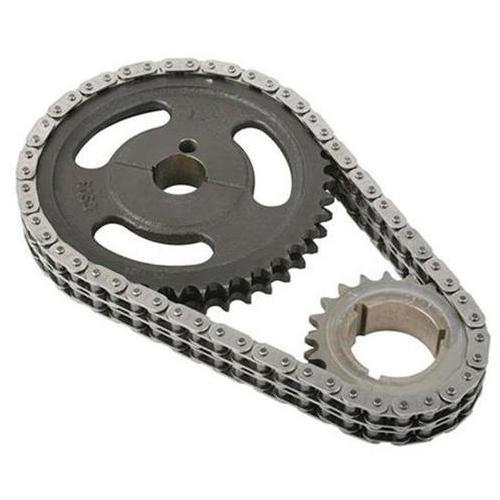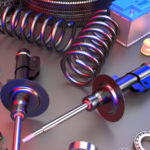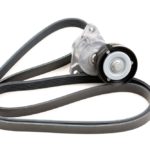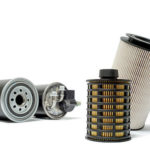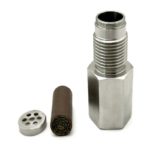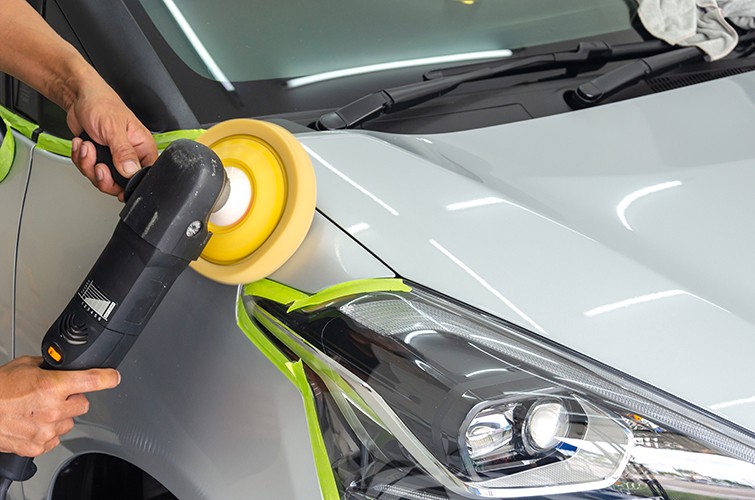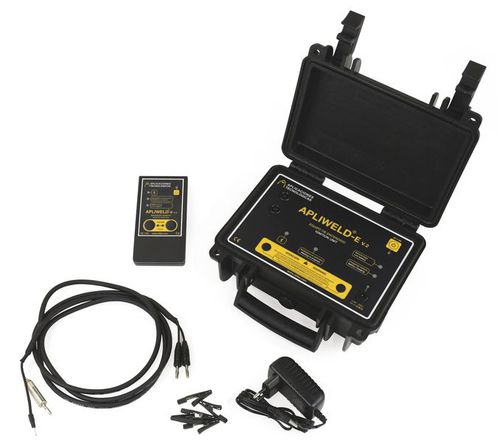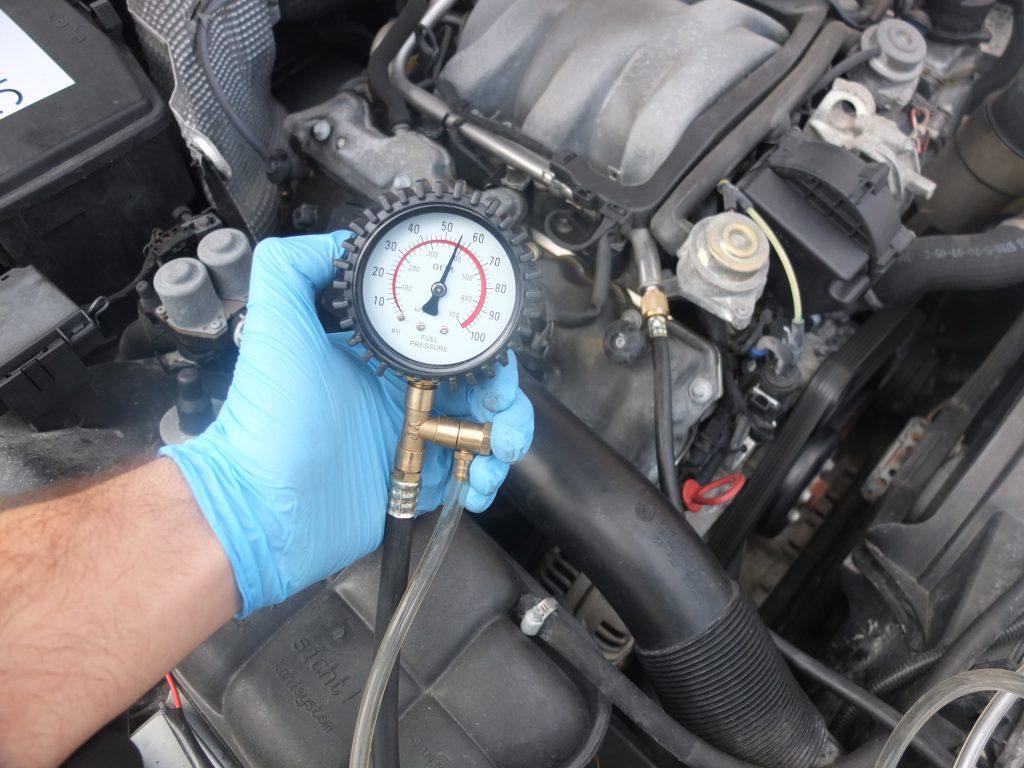In our guide today, we are going to consider tie rod replacement cost. If you tie rod is faulty, you will want to know the total cost needed to get it fixed or replaced. Before we talk about this cost, let’s briefly look at what a tie rod is and the the role it plays in an automobile.
What Is a Tie Rod?
Tie rods are an important component of your car’s steering system. Tie rods are a length of rod with a ball-in-socket on one end that connects the steering gear (or rack and pinion gear) to the wheel. The ball-in-socket system allows the wheels to move in a controlled manner up and down and side to side.
This ensures a smooth ride while the car navigates various road conditions, bumps, and potholes, among other things. An inner tie rod is coupled to the steering gear, while an outer tie rod links the inner tie rod to the wheel assembly in the most popular steering configurations. The thread that connects the inner and outer tie rods can be adjusted to set the front wheel alignment of a car.
Read also: Heated Steering Wheel: All You Need To Know
Let us now consider tie rod replacement cost…
What Is Tie Rod Replacement Cost?
The answer, like so many other vehicle maintenance questions, is that it depends. Tie rods, parts, and labor costs differ from vehicle to vehicle. A tie rod can be replaced in an ordinary car in about an hour of labor plus around $80 for the part, for a total of roughly $170. With an alignment, the total cost might be closer to $260.
What Do Tie Rods Do?
Tie rods are an important component of your steering system. Simply said, without tie rods, your automobile will not be able to steer. Tie rods, which serve as a pivot between the steering rack, steering arm, and steering wheel, not only help move your wheels when you steer, but they also allow you to turn.
Both the rack and pinion and the recirculating ball systems need a tie rod to connect the steering rack to the steering arm, which is attached to the steering wheel.
How To Tell If Tie Rod Is Bad?
The following are the symptoms or signs of a faulty tie rod. If you notice any of these signs, it’s very likely that your tie rod is bad or faulty.
Shaky Steering Wheel
An unsteady steering wheel is often the first clue that a tie rod is failing. Because the steering wheel is beginning to lose control of the wheels, this occurs. The steering may be sluggish or unresponsive. When attempting to turn the wheel, this can be more evident.
Vehicle Vibrations
A vibrating car is another symptom that a tie rod is damaged or failing. The tires will begin to move erratically when the steering wheel loses control of the wheels, causing extreme shaking. As you accelerate, slow down, or turn curves, the vibrations become more noticeable.
Tire Wear
Your tie rods might affect the wear patterns on your tires if they’ve been loose or worn for a long time. Your vehicle will be out of alignment if your tie-rods are worn, loose, or failing, causing your tires to “toe out.” If you drive your vehicle with “toed out” tires, the inside of the tire treads will wear down more quickly over time. Tie rods do not affect tire wear directly, but they do have a significant impact on your vehicle’s alignment.
Bad Alignment Or Car Pulls
You may have a problem with your tie rod if your car pulls or drifts to one side (s). If the tie rods are not in good operating order, the car may not be properly aligned. With old, loose, or failed tie-rods, alignments cannot be accomplished accurately.
Wheels Feel Loose When Car Is Jacked
If you’re not sure if your tie rods are bad and have some time and tools, you may test your vehicle’s tie rods right in your driveway! All you’ll need is a jack to get started. Simply elevate your car’s front end into the air and grab the front tire with your hands. Shake the wheel side to side with your hands at 3 and 9 o’clock.
Then shake the wheel up and down with your hands at 6 and 12 o’clock. This test should be done on both front wheels. If everything is working properly, you shouldn’t be able to move the wheels other than to rotate them. However, if one or both wheels shift slightly and/or create a clicking noise when you move them about, this indicates that your tie rods or other associated components are worn out and should be replaced.
Why Does Tie Rod Break Or Go Bad?
Normal wear and tear, as well as extreme road conditions, can cause tie rods to fail. The absence of lubrication is frequently the cause of tie rod failure. Potholes, bumps on the road, and slamming into the curb too hard can all limit the life of tie rod ends. These road hazards can damage tie rods, causing lubricant to flow out. When this happens, the tie rod end might loosen and bind, making driving the car dangerous.
How Can I Check My Tie Rod?
It’s always a good idea to have a skilled mechanic test your tie rods for safe use unless you’re very educated about autos. When pressing up or down on the tie rod, it can show evidence of slack or “free play.” This indicates that the tie rod has worn out and has to be replaced.
Raising the vehicle and removing the front wheels is another approach to inspect the tie rods. To inspect the passenger-side inner tie rod end, turn the wheels to the right, and to the left to inspect the driver’s-side inner tie rod end. Any tie rod seals that have tears, leaks, or severe wear should be replaced.
Can you drive a car with a bad tie rod?
You can usually drive your vehicle with a worn tie rod, but if it fully fails, you’ll lose steering control and will need to be towed home or to our service center for repair.
How much does it cost to replace tie rods?
The majority of tie rods will cost between $40 to $120, with inner tie rods being more costly than outside tie rods. Some cars have tie rods that are sold as a set, with the inner and outer tie rods sold separately. Tie rod replacement labor costs range from $45 to $85 depending on whether the inner or outer tie rod is replaced.
What happens if you drive without a tie rod?
In the worst-case scenario, if a tie rod fails completely, the wheel will break free from the steering system, rendering the vehicle unable to steer. The vehicle’s steering is already in jeopardy at the first hint of wear to the tie rods, and it’s not safe to drive.
What causes the tie rods to go bad?
Normal wear and tear, as well as extreme road conditions, can cause tie rods to fail. The absence of lubrication is frequently the cause of tie rod failure. Potholes, bumps on the road, and slamming into the curb too hard can all limit the life of tie rod ends.
Conclusion
Hope you enjoyed reading this article on tie rod replacement cost. You have now seen the cost involved in replacing a tie rod. If you notice your tie rod is bad or faulty, kindly take your car to an auto mechanic who will have it fixed.

